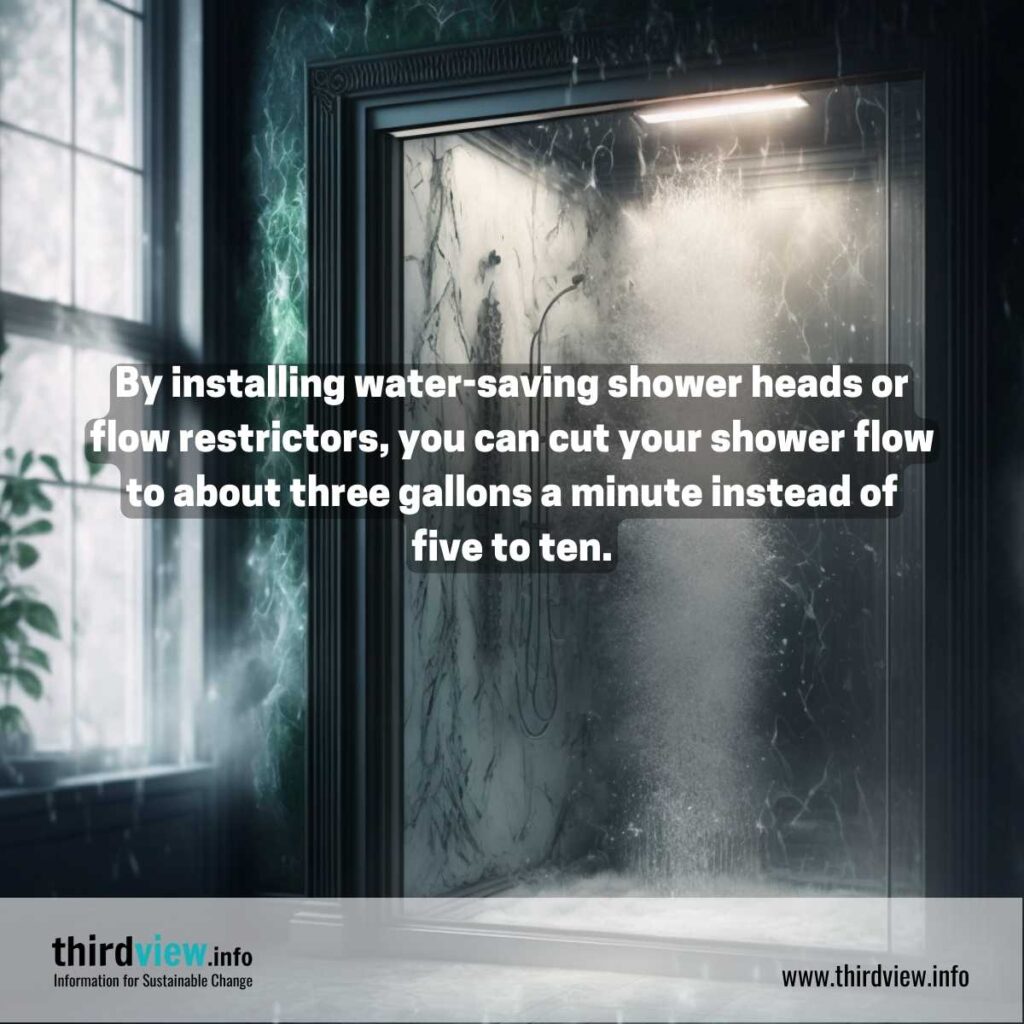All about Reclaim Waste
The 5-Second Trick For Reclaim Waste
Table of ContentsAn Unbiased View of Reclaim WasteLittle Known Facts About Reclaim Waste.What Does Reclaim Waste Do?Rumored Buzz on Reclaim WasteFascination About Reclaim Waste
Discover the types, occurrences, and types of liquid waste. Residential sewage waste describes the waste and products from a domestic septic system. This kind of waste is created by human beings in homes, schools, and various other structures. This only includes septic systems that have a drain area. The correct administration and disposal of residential sewage waste need liquid waste to be transferred to a sewer treatment plant where the correct methods and devices are applied to detoxify and take care of waste.
Industrial waste often includes prospective hazards, such as flammable products or a combination of liquid and solid waste items, and needs an advanced and detailed disposal process. The disposal of industrial waste commonly involves the filtration of waste prior to transport to ensure safe and proper disposal. Industrial waste is produced from byproducts and runoff of industrial processes and manufacturing.
This sort of waste can not make use of the same sewage monitoring transportation or processes as septic or industrial fluids. The hazardous waste management process calls for the inspection and screening of liquid waste before it undergoes the disposal process (liquid waste disposal). Drainage waste is the fluid waste that originates from overflow and excess stormwater in extremely inhabited areas or cities
Overflow waste can trigger contamination and flooding if not managed effectively. Find out more concerning sewage system cleansing and waste monitoring. Making certain proper waste monitoring can protect against calamities and minimize environmental harm. Both individuals in domestic settings and specialists in business or manufacturing markets can benefit from understanding the procedures and guidelines of liquid waste management.
The Buzz on Reclaim Waste
Get in touch with PROS Providers today to discover our waste monitoring and disposal services and the correct ways to look after the liquid waste you create.
(https://www.metal-archives.com/users/reclaimwaste1)Do you recognize what happens to your water when you disengage, flush the commode or drain the washing machine? No? Well, it's worth recognizing. This so-called 'wastewater' is not just a crucial source but, after therapy, will be released to our land, waterways or the sea. Utilized water from commodes, showers, bathrooms, kitchen area sinks, washings and industrial processes is called wastewater.

water utilized to cool down equipment or clean plant and equipment). Stormwater, a type of wastewater, is drainage that flows from farming and urban areas such as roofs, parks, yards, roads, paths and rain gutters right into stormwater drains, after rain. Stormwater moves neglected straight to local creeks or rivers, eventually getting to the sea.
5 Simple Techniques For Reclaim Waste
In Queensland, a lot of wastewater is dealt with at sewage treatment plants. Wastewater is transported from domestic or commercial websites via a system of sewage systems and pump terminals, called sewage reticulation, to a sewage therapy plant. Local governments build, keep and run most sewage treatment plants. Operators are licensed under the Environmental Management Act 1994 to release cured wastewater at an acceptable environmental standard right into waterways.
The Department of Natural Resources advises local federal governments about handling, operating and preserving sewerage systems and therapy plants. In unsewered areas, regional governments may require owners to install private or family sewer therapy systems to deal with residential wastewater from toilets, kitchen areas, shower rooms and laundries. The Department of Natural Resources authorises making use of home systems when they are proven to be reliable.
Most stormwater obtains no therapy. In some new neighborhoods, therapy of some stormwater to eliminate litter, sand and crushed rock has begun using gross toxin traps. Wastewater therapy takes place in 4 phases: Eliminates strong matter. Bigger solids, such as plastics and various other objects mistakenly discharged to sewage systems, are removed when wastewater is travelled through displays.
Makes use of tiny living organisms understands as micro-organisms to damage down and get rid of remaining dissolved wastes and fine bits. Micro-organisms and wastes are included in the sludge.
The smart Trick of Reclaim Waste That Nobody is Discussing
Nutrient elimination is not available at all sewage therapy plants due to the fact that it needs expensive specialised tools. Clear fluid effluent produced after therapy might still have disease-causing micro-organisms - liquid waste disposal melbourne.

This typically means wastewater needs to be treated or contaminants gotten rid of before it can be discharged to rivers. A lot of wastewater flows right into the sewage system. discover this info here Under the Act, regional federal governments carry out authorizations and licences for eco relevant tasks (Ages) including wastewater releases that may have a local influence. The department carries out approvals and permits to Ages involving wastewater releases that could have a regional or statewide influence.
Reclaim Waste - The Facts
Otherwise, samples are taken for research laboratory evaluation. Typically many tests are required to develop the levels of each of the various toxins such as oils, hefty steels and chemicals in water. Monitoring provides accurate information regarding water high quality and can validate that permit conditions are being satisfied. The info acquired with surveillance gives the basis for making water top quality choices.